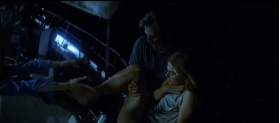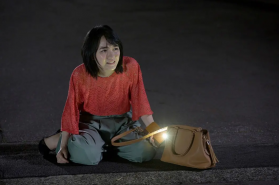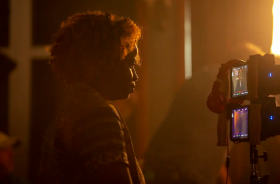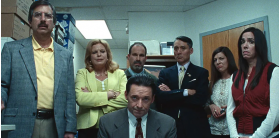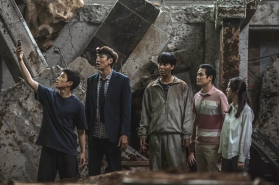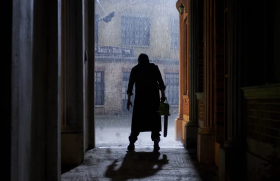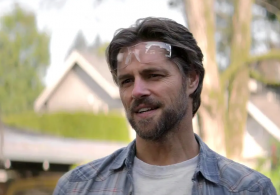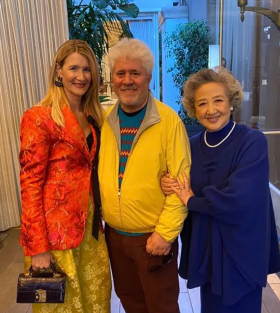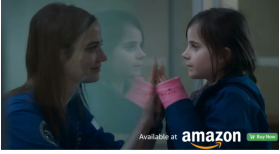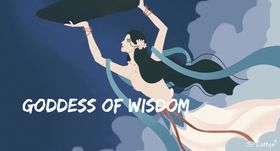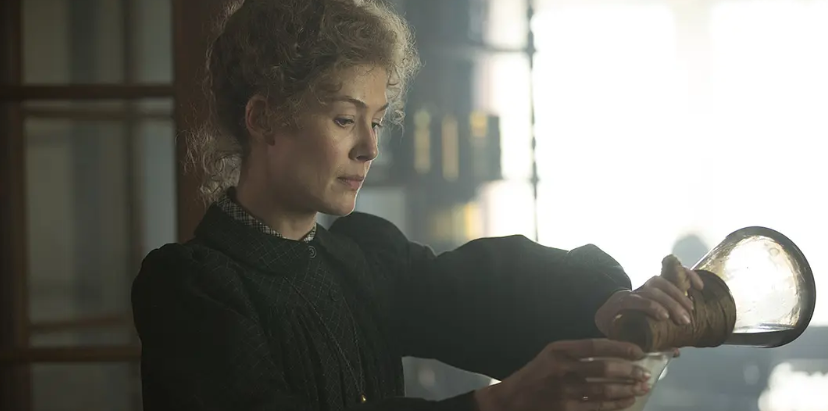
Radioactive , a British biographical historical film released in 2020, also known as Radioactivity,2020, directed by Marjane Satrapi and starring actors Rosamund Pike, Sam Reilly, Anya Taylor-Joy, and Aneurin Barnard, is based on the best-selling biographical novel, with a plot about Madame Marie Curie, the most influential female scientist in history, who, after marriage and together with her husband Pierre Curie, discovered The story is about Marie Curie, the most influential woman scientist in history, who, after her marriage and the discovery of new radioactive elements with her husband Pierre Curie, is recognized by the Nobel Prize. However, after the accidental death of her husband, she is deeply involved in social abuse because of extramarital affairs, how to find a place between science and family, and take her second Nobel Prize?
Seemingly beautiful but also full of crisis
I believe that many people know Madame Curie mostly from reading about her discovery of new radioactive elements in nature textbooks or biographies of great people when they were in school, and learning that she was the first woman in history to win the Nobel Prize, and the only woman to win it twice. However, behind the extraordinary scientific achievements of her career, the difficulties and contradictions faced by this great woman in her life have been relatively little mentioned.
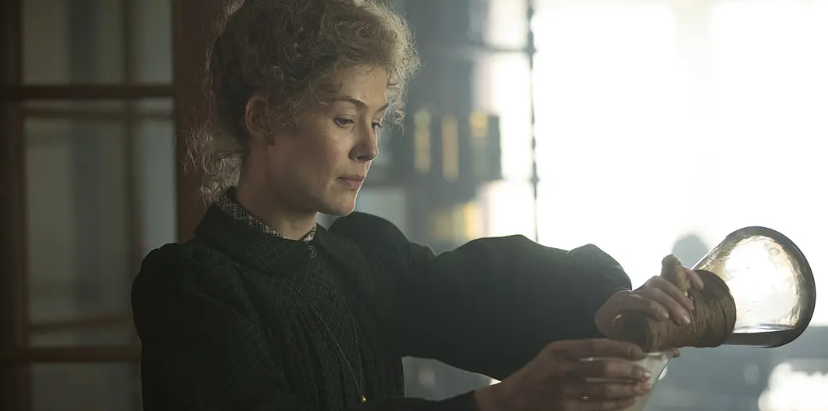
Is the movie "Radioactive Material" rated well?
Interestingly, I thought that the subtitle of "Radioactive " was "Radioactive Eternity" because of the relationship between her and her husband, Pierre Curie, after they discovered the new element, and simply about their "love" that existed like radioactive rays in the invisible But in fact, the film "Radioactive " not only presents a theme that is quite different from what I expected before watching the film, but also the core of the whole film is not only the love between husband and wife.
Perhaps audiences should not look at Radioactive in the same way that we are used to biographical stories that describe the characters' lives in detail, just as the English title of the film is Radioactive, not Maria Sklodowska-Curie or Madame Curie. We must also look at the main meaning of the story from a broader perspective: how did Madame Curie's public presentation of "new radioactive substances" in 1898 change and affect her and all people in the world? "How did it change and affect her and all the people in the world?
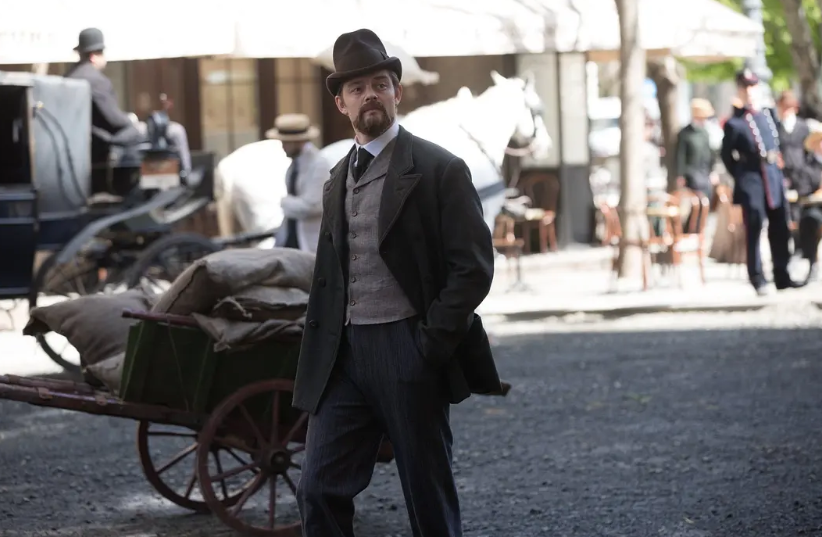
The characterization of "Radioactive
I like the portrayal of Madame Curie, or Maria as a woman, in "Radioactive Material". From the beginning of the film, when she is watching her aging self collapse outside the laboratory and is admitted to the hospital, she starts to look back on her life. After the death of her husband, the scandal, and the advice of her eldest daughter, Irena, played by Anya Taylor-Joy, her character, which had believed that she could do everything on her own and refused to compromise with the male-oriented society, gradually changed.
The bottle of radium chloride, which emits blue-green fluorescence at night, can be said to be a symbol of what Madame Curie desperately wants to pursue, which not only brings her the achievement of discovering new elements that no one in the world knows, but also her wish that she, like the substance in the bottle, can live independently and shine in the world, and accomplish her aspirations and ideals. However, just like this beautiful blue-green fluorescence also comes with a crisis. Although the promotion of radioactivity made her famous, it was also a double-edged blade that caused irreparable damage to the health of both Curie and his wife and indirectly made her suffer a lot of fame, not to mention the impact it had on the whole world as well.
%7D8CMR62J)6%60LUCI.png?1653983367544)
Radioactive is a different kind of biopic
Of course, like many traditional biopics, Radioactive spends a lot of time in the first part of the film presenting the breakthrough of Madame Curie's discovery of new elements and her theory of radioactivity, but the director also uses the dangers of Radioactive and the fact that at that time, including the Curies and others, they did not know much about it and had not yet discovered its harmful effects on human health and developed more applications, through interspersing from time to time other stories related to Madame Curie. By interspersing other future sequences that seem unrelated to the main story of Madame Curie, but are very much in line with the core concept of the film itself, the film is successfully pushed to a completely different level than the original one by echoing each other.
Just as Pierre Curie mentioned in his Nobel Prize speech that mankind must apply science in the right places, the depiction of the human damage caused by radiation in "Radioactive Material", or the nuclear explosion in Hiroshima in 1945, the atomic bomb test explosion in Nevada in 1951, and the Chernobyl nuclear disaster in 1986, which were based on Madame Curie's research, eventually led to various catastrophic events in the world. By putting the viewer in her shoes, "Radioactive Material" gives us a bloody reminder and lesson by allowing us to see the effects of radiation on ourselves and future generations.




